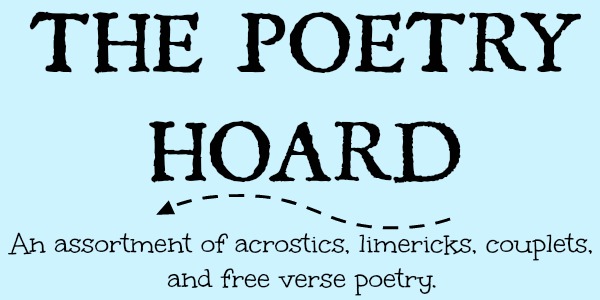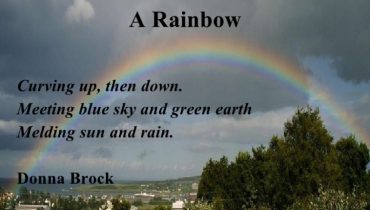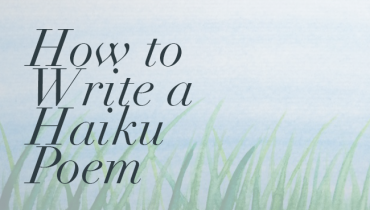
Many types of poetry forms follow a certain format for syllables, words and rhyme. Composing poetry can help you think creatively about particular issues and you can gain confidence as you play with the language. All poetry forms profit from strong action verbs and sensory words while being devoted to the specific rules of the poetic form.
Sponsored link
Produce your Webpage
Why create a web site when you’re able to make a webpage free of charge on Trepup.
www.trepup.com
Limerick
A limerick is a rhyme with the poetic scheme aabba.
They also possess a beat that is dynamic. Limericks are supposed to be humorous, and frequently use aspects of literature including alliteration, onomatopoeia and hyperbole. The very first line normally sets up the notion of the poem, and the last is normally the punchline. Although occasionally bawdy, outlandish limericks bring rhyme and wit to the area of poetry.
Lines one and seven are extremely short, comprising just one noun. Line two includes two adjectives describing the noun of the first line. Line three attributes three verbs concerning the noun, and line four includes four nouns that rename the original. The diamond takes shape before adding the last noun for line seven, as you compose two closing adjectives in line six and three verbs in line five.
Lines two and three include verbs and adjectives .
Haiku
A haiku is an early Japanese poetic form that usually describes nature. It features an extreme focus and simplicity. A haiku has five syllables in the final line, seven syllables in the previous line and five syllables in the very first line. Pupils may wish to brainstorm for this poetic form. Until they write in an order that makes them able to feel, hear and see nature. The low quantity of words require creativity and careful consideration.


